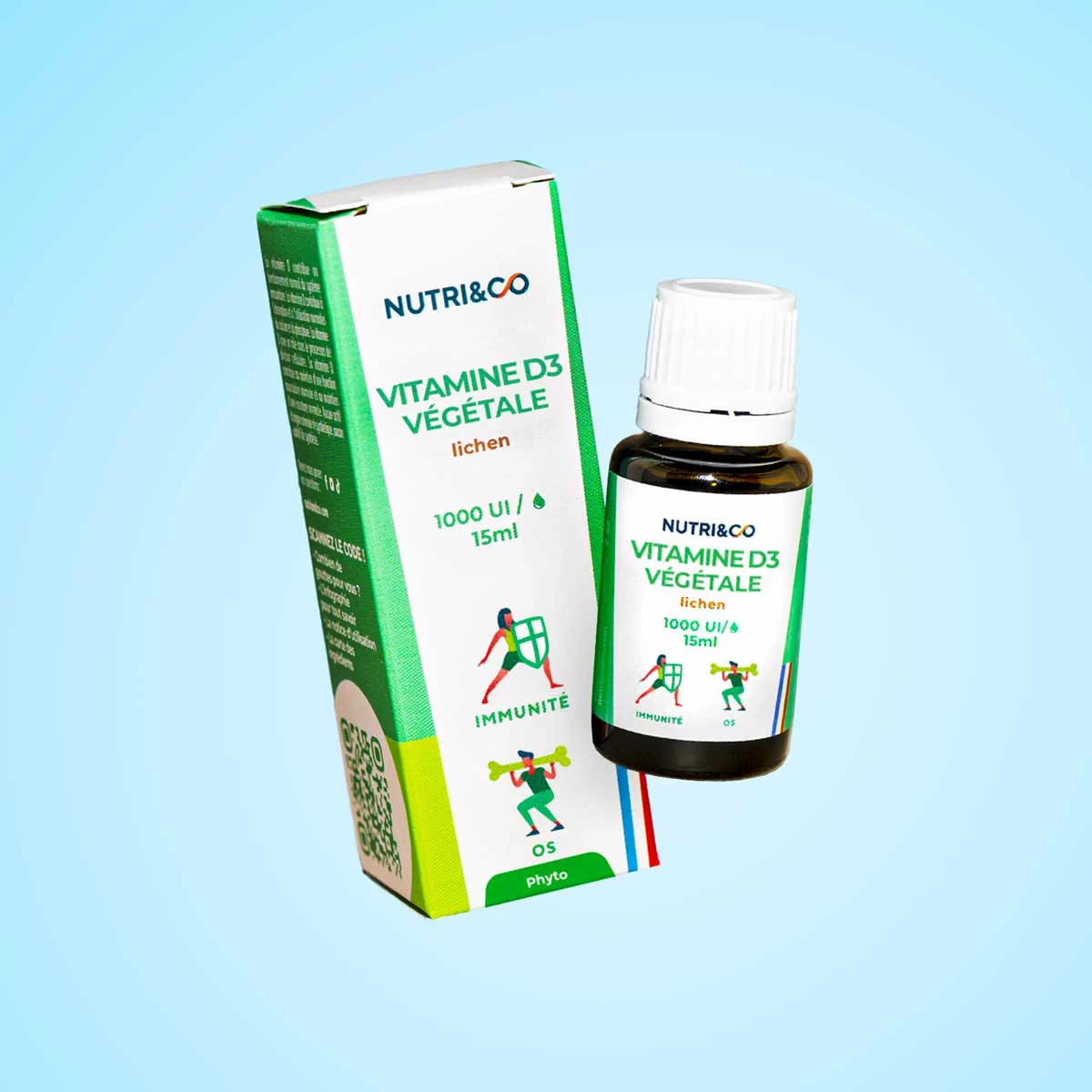This will not have escaped you, vitamin D - regarded as a kind of hormone - has become a major health issuesince we realized that most populations living in areas with little exposure to the sun are deficient.
Find the vitamin D converter at the bottom of this article.
In fact, this vitamin, which is absolutely essential for maintaining good general health, is mainly synthesized by the body after exposure to the sun's ultraviolet rays. Just 15 minutes of exposure 3 times a week (face, forearms and hands) is enough to provide the body with 80% of the vitamin D it needs.
The problem is that in winter, many people are unable to obtain sufficient levels of vitamin Dwhich can lead to health problems such as immune deficiency, increased risk of viral infections, muscle and bone weakness, and potentially greater risk of cardiovascular disease and cancer.
For this reason, supplementation may be advisable, especially in winter, from October to March in Europe, for example.
This content is part of the guide Blooness, the guide to the ideal human diet, the summary of which you can find here 🌱🥑
The public authorities recommend around 15 micrograms per day for adults.compared to the current average of 3.1 micrograms in the adult French population, which is clearly deficient.
For information, 15 μg corresponds to 600 IU (International Units) per day. However, vitamin specialists recommend supplementing with 3 to 5,000 IU per day for a person weighing 70 kg..
French-speaking subscribers will receive the newsletter in French, and all others will receive an English version.
The best is to do it in small, regular dosesrather than in ampoule form, on the advice of your doctor.
The problem, some products are indicated in micrograms (μg) as ANSES does, while other products indicate quantities in International Units (IU)As is the case with certain Solgar products, for example.

So it's hard to find your way around, especially when you want to add vitamin D to a multivitamin If the two products use different units of measurement, you'll get completely lost, and risk either remaining deficient or overdosing!
So to make things clearer, here's the Blooness Vitamin D converter which allows you to convert μg of vitamin D into IU and vice versa:
About dosage, turn to your doctor to prescribe the right rate for you.It's best to take a blood test beforehand. Do not supplement on your own, as this can lead to dangerous doses (over 10,000 IU / day).
Which vitamin D should I take?
Several brands of vitamin D exist. As far as we're concerned, we recommend the Nutri&Co brand, famous for its reliability and the quality of its products. You can order your Vitamin D from Nutri&Co - derived from lanolin, the fat found in sheep's wool - directly by clicking on the image below:

Note that Nutri&Co also offers a plant-based Vitamin D3 - extracted from boreal lichen, compatible with a strict vegan and vegetarian diet - which you can order by clicking on the following image:

For both products, the dosage is 1000 IU (≈ 25 µg) per drop, The vitamin is dispersed in virgin rapeseed oil to promote absorption (it's a fat-soluble vitamin). In terms of absorption and efficacy, the two forms are similar in terms of.
Read our full article on the importance of vitamin D for good health.


4 Responses
ug corersponde a quanto mcg?
Es lo mismo normalmente
Excelente informacion
μg = mcg
1 μg = 40 IU
Dosage: 60 to 75 IU per kg of body weight per day.
Most importantly: don't forget the co-factors, especially vitamin k2 and magnesium in bioavailable form, so not magnesium oxide but rather nigari (magnesium chloride).
Good health!